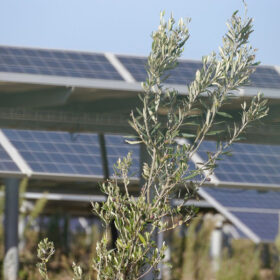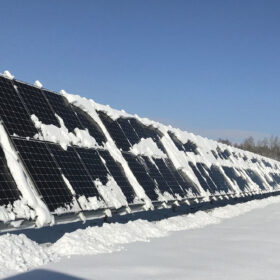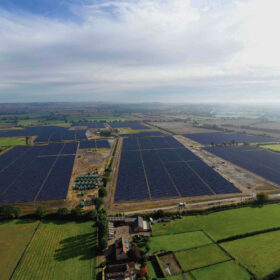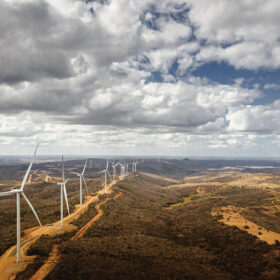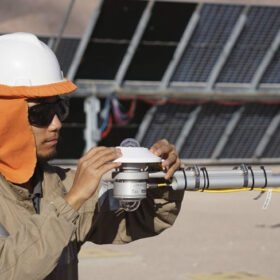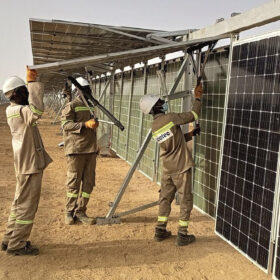Barren soil for agrivoltaics
PV has real potential on agricultural land in Italy, where multinationals and entrepreneurs alike share an enthusiasm for solar innovation. This is being hindered by a piecemeal approach to regulation.
Data harvesting
Mounting system manufacturers back their technology but farmers still have questions about the realities of solar on agricultural land. Ramping up research on how agrivoltaics affect farming yields could provide vital answers.
South African agrivoltaics lack spark
The farming sector in South Africa depends on Eskom to power irrigation and other operations but the state-owned utility is not delivering. This year, the country has faced daily blackouts of up to 10 hours or more. For farmers, securing reliable energy is a higher priority than experimenting with agrivoltaics.
Co-location, co-location, co-location
Charles Lesser, who leads UK operations at Apricum, and Apricum Project Manager Alexandra Popova explain why the renewables consultancy is predicting a big rise in solar-plus-storage projects in Great Britain.
Blowin’ in the sun
Building a large-scale solar and wind hybrid project poses several technical challenges and requires a determined market and proper regulatory conditions. Early movers in Brazil and India have shown that building such facilities is not only doable but also beneficial to the energy systems and projects involved.
A winning combination
Within the growing market for floating solar, installations at hydroelectric dams are emerging as a winning strategy. French company Ciel et Terre has been developing such systems for several years and sees plenty of opportunity in India. pv magazine spoke with Deepak Ushadevi, managing director of Ciel et Terre India, about the strategy of combining solar and hydropower.
A question of priorities
With investors having to make decisions around tilt angle, row spacing, module type, substructures, and many other parameters for ground-mounted solar, Johannes Linder, director of system design and innovation for German engineering, procurement, and construction (EPC) services company Belectric, considers the optimal approach to PV system design.
Install grid-connected solar, rinse, repeat
Will a redeployable solar and energy storage solution be the answer to unreliable grid electricity across much of Africa, as its developer proposes? Or will it merely be a temporary solution that will see cash-strapped utilities kick the can of universal energy access further down the road? Max Hall investigates.
Connecting end customers to manufacturing
Fresh from raising more than $1 billion on public markets, United States-based tracker manufacturer Nextracker is “re-engineering its supply chain,” says CEO Dan Shugar. This involves job and value creation closer to market and extending the benefits of solar manufacturing to new regions.
UP: Embodying change
Solar technology varies and solar manufacturing occurs in various parts of the world but the predominant technology relies on silicon solar cells, with a significant portion of manufacturing taking place in China. This leads to higher embodied carbon due to the production of silicon solar cells and the location of manufacturing, which often relies on an energy mix with more coal than renewables-based generation. At the scale of PV production in mid-2023, and beyond, the industry’s carbon footprint is significant, despite the generation of green energy by panels after their production.
